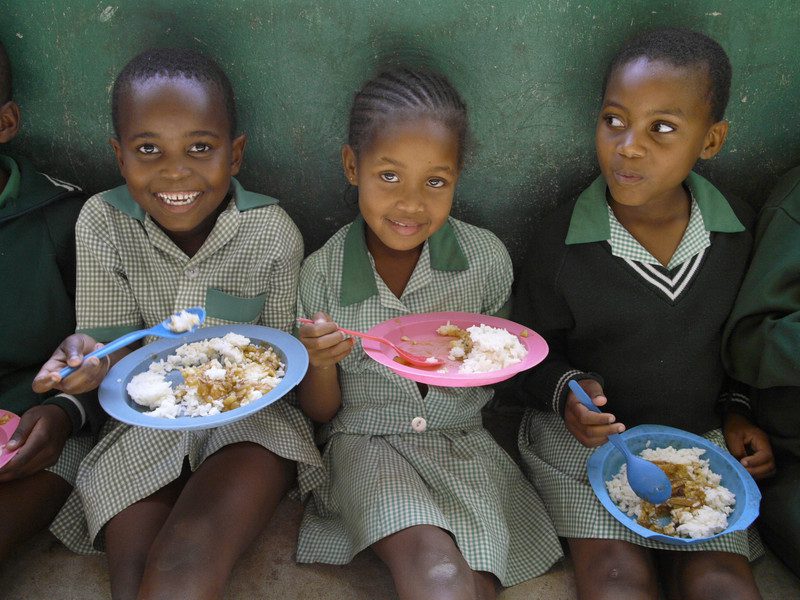Tackling the HIV and AIDS crisis
“I am an orphan today, tomorrow and forever. I am left alone without a grandmother and a mother, taken by you, killer disease.”
These haunting words of a South African child resonate through the lives of many children orphaned by HIV.
They are among the ones left behind by a deadly pandemic that continues to spread. More than two million people are dying from AIDS-related illnesses each year – most in poor countries unable to get the treatment and care they need – and the economic and social costs of HIV and AIDS are escalating.
More than a health issue
HIV and AIDS cause poverty, and poverty in turn fuels the HIV pandemic. How? Because HIV and AIDS affect millions of adult women and men whose work drives their countries’ economies and services, and who care for the young and the old. While HIV and AIDS push more families into poverty, poverty can also make them more vulnerable to HIV for example when people turn to sex work, or migrate to other countries to find work in order to provide for their families.
To succeed in our mission to overcome poverty and suffering we must break the cycle of cause and effect that links HIV and AIDS and poverty. That’s why, for us, tackling the pandemic is such a high priority.
Our approach
We’re working with local partners throughout Southern Africa, the Pacific and Asia to directly support people affected by HIV and AIDS.
These partnerships are our comparative advantage when it comes to tackling HIV and AIDS because we’re able to tap into local knowledge and expertise and involve people affected by HIV in our response. We apply a range of strategies that include:
- Working with vulnerable people – the very poor, women, orphans, sex workers and men who have sex with men – to help them to protect themselves and reduce the impact of the epidemic on their lives
- Supporting programs that increase awareness about HIV and AIDS and address behaviours that put people at risk of infection
- Supporting treatment programs which provide care and support to people affected by HIV and AIDS
- Helping households and communities to survive and recover from the impacts of the epidemic through home-based care, and support for health, education and welfare systems
- Campaigning at local, national, regional, and global levels to press governments and other donors to provide the $10 billion a year needed for universal HIV and AIDS prevention work, treatment and care
